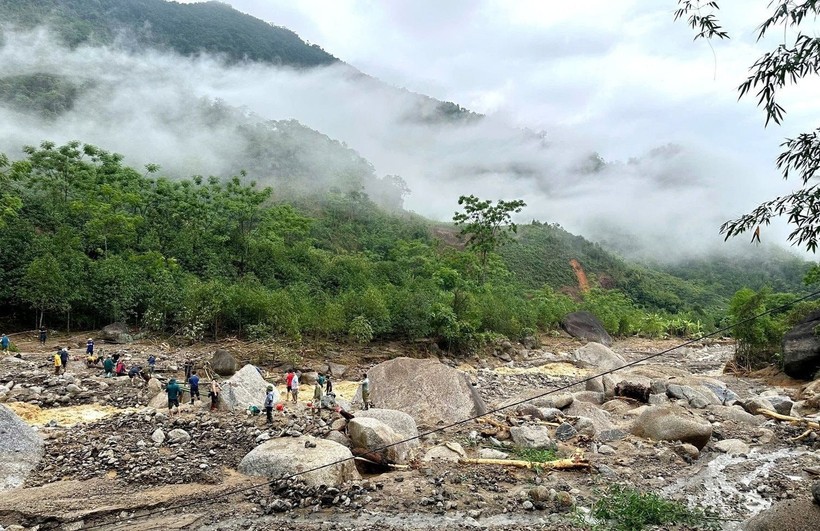
The story of Mr. Ma Seo Chu, Head of Kho Vang Village, Coc Lau Commune (Bac Ha District, Lao Cai Province) leading 17 households with 115 people in the village to evacuate to a mountain 1 km away from the residential area to take refuge, in the context of the impact of Typhoon Yagi (in September 2024), many hills around the village were "full of water" and could collapse on people's houses at any time, is one of the proofs of the value of indigenous knowledge and community experience in natural disaster prevention.
Passed down through many generations, this knowledge, if fully utilized, can effectively cope with and minimize damage in the context of increasingly severe natural disasters. Because no one understands the surrounding natural disasters like the people and communities in that area to respond quickly and appropriately. But unfortunately, indigenous knowledge and community experience like that of Mr. Ma Seo Chu in many localities have been and are being forgotten.
We, the people, expect that policy research agencies and scientists need to strengthen cooperation, acquire knowledge from village elders, village chiefs and local people's experiences from specific issues such as improving drainage systems in mountainous areas, protecting trees to reduce the risk of landslides, flood-running skills, storm evacuation... to developing scenarios to respond to climate change.
How to prevent natural disasters in the implementation of the "4 on-site" plan, can mobilize the maximum strength from the people? Perhaps raising community awareness and managing natural disaster risks based on the community, from each family, is the most important issue. At the same time, people also need to be fully equipped by the government with modern knowledge and skills to a specialized level in order to respond promptly to all circumstances and types of natural disasters that suddenly occur.
Source: https://baolaocai.vn/thanh-luy-phong-chong-thien-tai-post403281.html








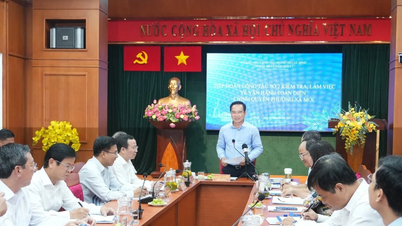

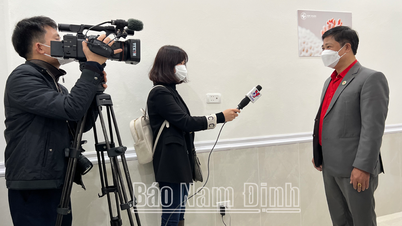

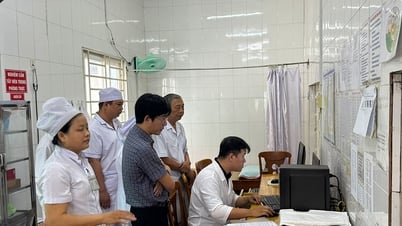

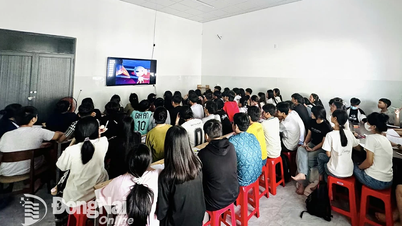

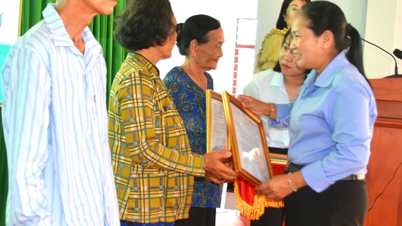







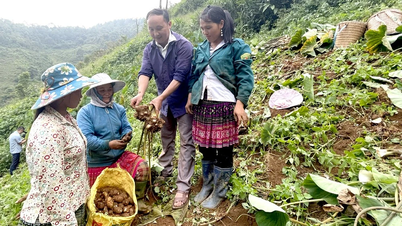


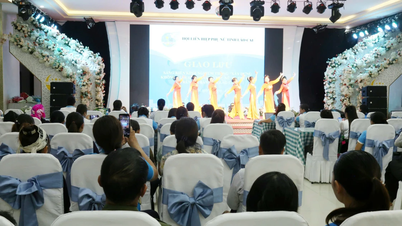
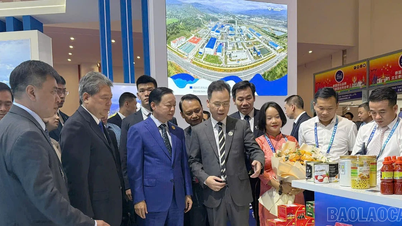
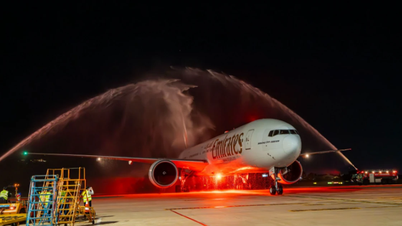
























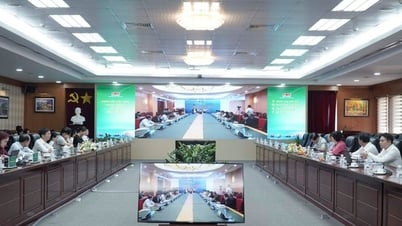
















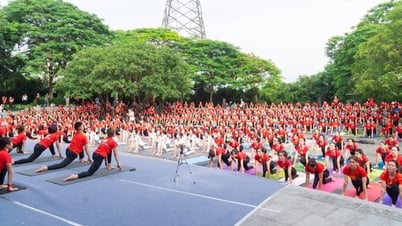

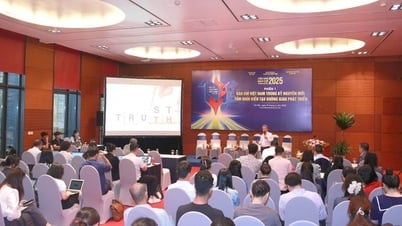






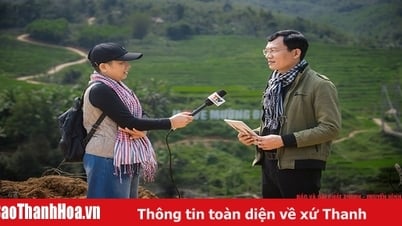






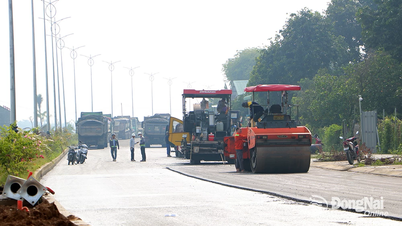










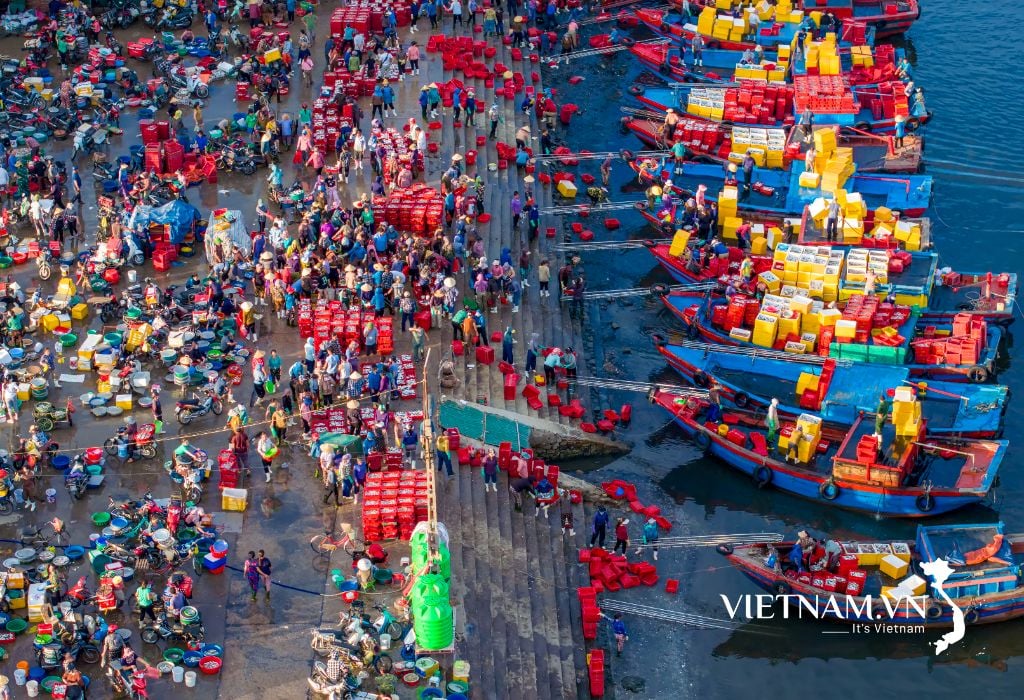

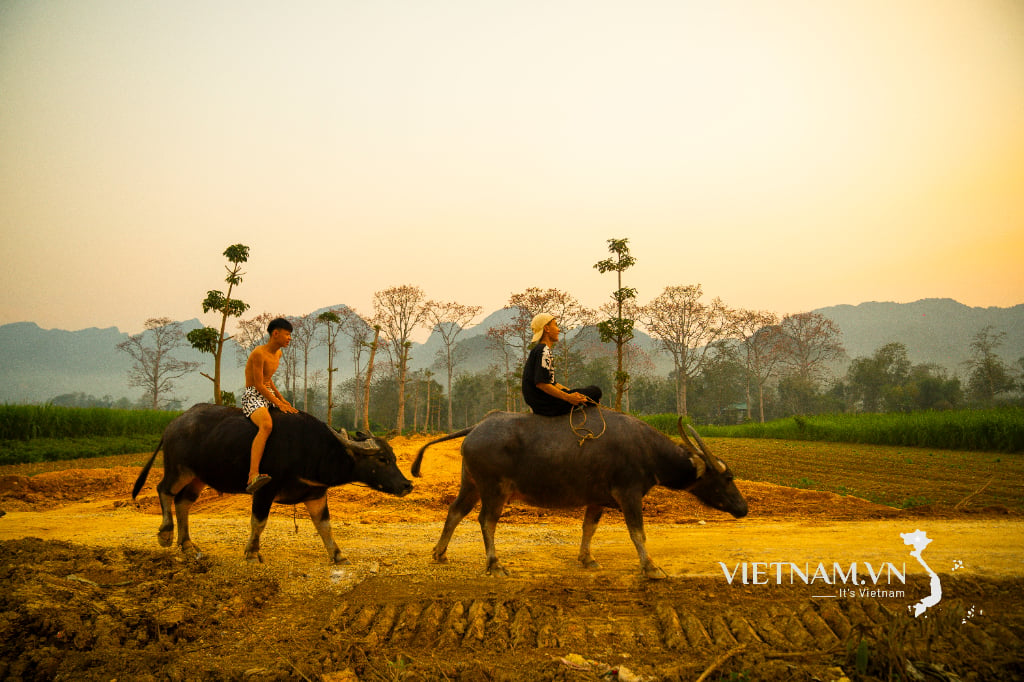
Comment (0)